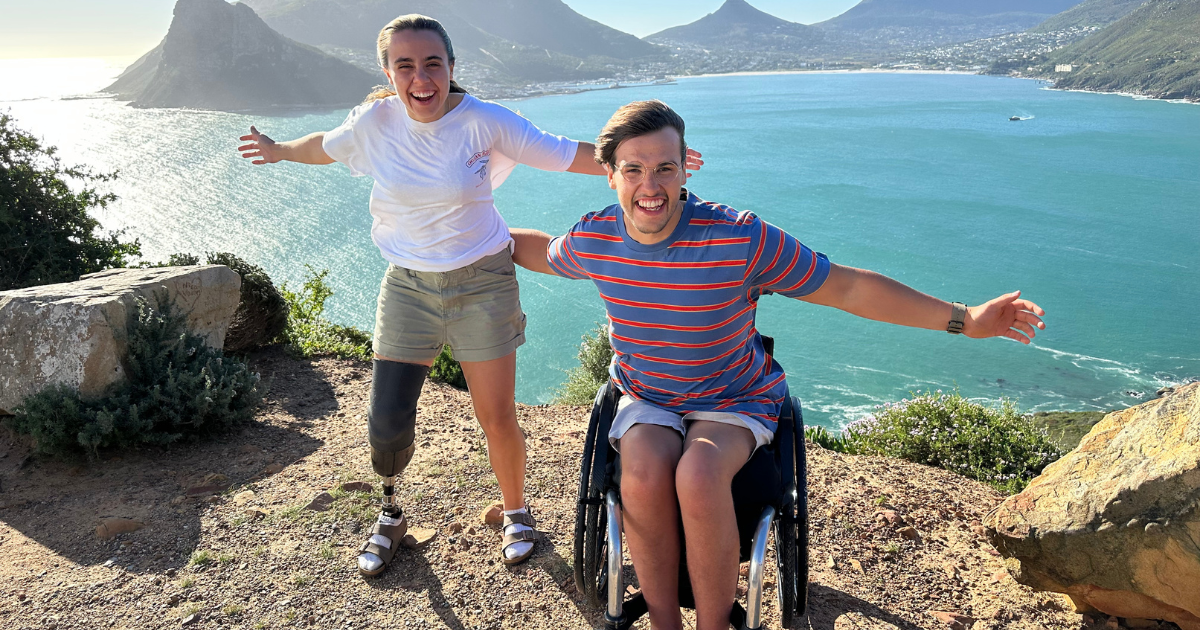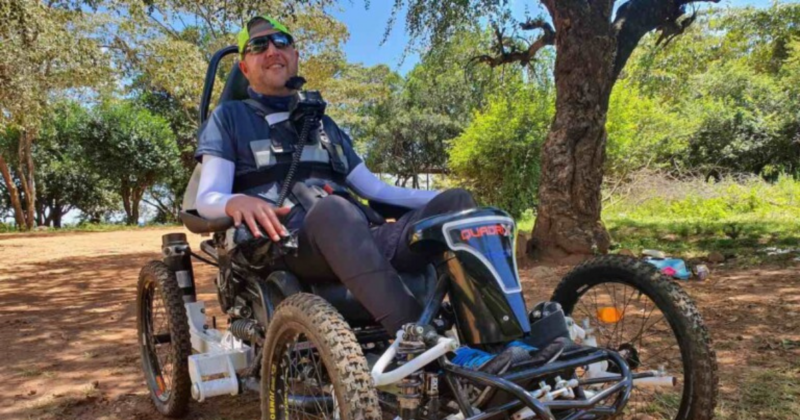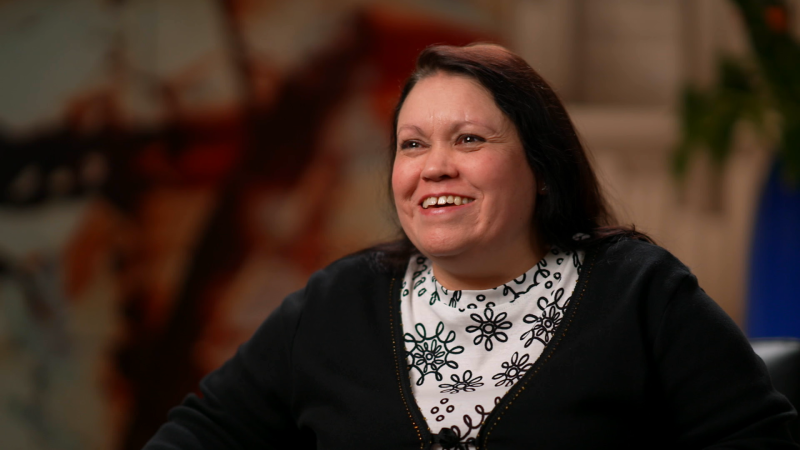
The gift of walking

Para-athlete Kirsty Van der Poll talks to MedTech Views about the surgery that enabled her to walk again.
“I was born with talipes, also known as clubfoot. I had an active childhood and did a lot of sport, but as I got older, I started experiencing fatigue and pain,” she explains. “I had a few surgeries and tried various leg braces, but I was using a wheelchair full-time by the time I was 21.”
Talipes equinovarus is a structural deformity of a person’s foot (or feet) that causes it to turn inward and downward. It’s usually diagnosed at birth by physical exam, but it can also be identified before birth with an ultrasound scan. Talipes occurs in about 1 per 1,000 babies and the cause of the most common form, called idiopathic talipes, is unknown.
Despite increasing pain around her ankle and her inability to walk, Kirsty started playing wheelchair basketball competitively. But she longed to walk again and be pain-free. “We searched for other surgical options, but the professional consensus was that amputation below my right knee was the best way forward,” says Kirsty. “There was still no guarantee, but I decided to have my leg amputated in November 2022 and I’ve been pain-free ever since. I got my first prosthetic leg the following March and it was a pretty normal feeling.”
Almost exactly a year after her operation, Kirsty was competing at the ISA World Para Surfing Championships in California. “I never would have expected that a year later, I could be in a different country walking to the beach, carrying my own surfboard and getting into the water to compete,” she comments. “It really shifted my confidence in myself and my abilities.”
Kirsty is thrilled with the medical technology that has allowed her to walk again, but she’s looking at upgrading to cutting-edge prosthetic technology that has the potential to make her experience even better. “I’m still having some issues because of the bone structure in my leg and the tissues that aren’t completely settled, causing swelling and pressure points.”
Having a comfortable socket and inner liner can make all the difference. The active vacuum socket technology and special polyurethane liner that Kirsty is testing out will allow her to be more aware of where her foot is when she’s walking and will keep the pressure of blood circulation in her leg constant, meaning less swelling and rubbing.
Being able to walk again has allowed Kirsty to travel the world with her husband Xander, who is also a para-athlete. “Without my leg, we wouldn’t be able to travel as much. We’re a team. It’s enabled us to have a lot more confidence when we travel, especially when we get into sticky situations,” she notes.
Aside from travelling as much as possible, the 24-year-old is focusing on her wheelchair basketball career and hopes to represent Wales in the Commonwealth Games next year. She’s also studying to be a physiotherapist in between training 3-4 hours a day.
Kirsty’s positive attitude is inspiring. “Some people, especially formerly able-bodied people, have trauma after an amputation. For me, it was a hopeful situation because it gave me the possibility to walk again.”










